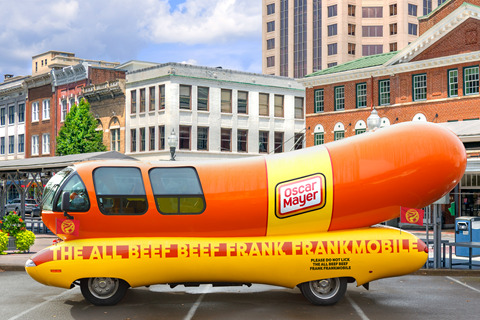Increases in storage technology are necessitating names for the ever-expanding amount of space available in computers. In the old days (pre-1990), a hard drive that could hold 40 MB (megabytes; 1 MB = 1000 KB) was considered big; now, many desktop models come with 40 GB (gigabytes; 1 GB = 1000 MB) of space. What’s next? Established metric prefixes exist for the next five multipliers: terabytes, petabytes, exabytes, zettabytes, and yottabytes. And after that, it’s anybody’s guess. A proposal was made in 1993 to use the prefixes “groucho-” and “harpo-“, which would still leave three more prefixes for future expansion: “zeppo-“, “gummo-“, and “chico-“.
The situation is beginning to resemble that faced by citrus growers: No one wants a small orange, so sizes begin at “large”, and go to “jumbo”, “mammoth”, “colossal”, “super colossal”, and the mysterious “other”. Perhaps the “behemoth” size will be on the market soon – the SUV of oranges.





